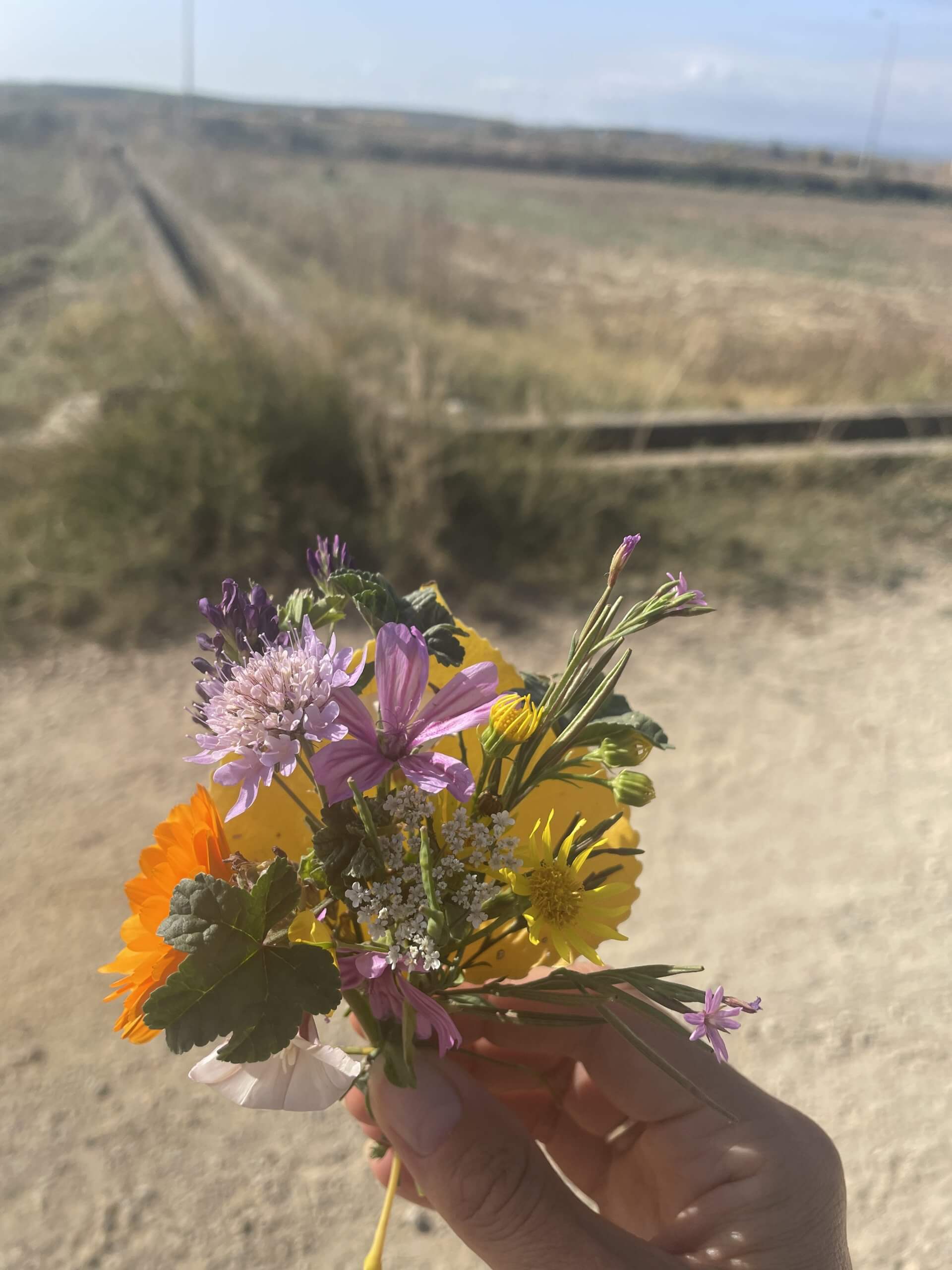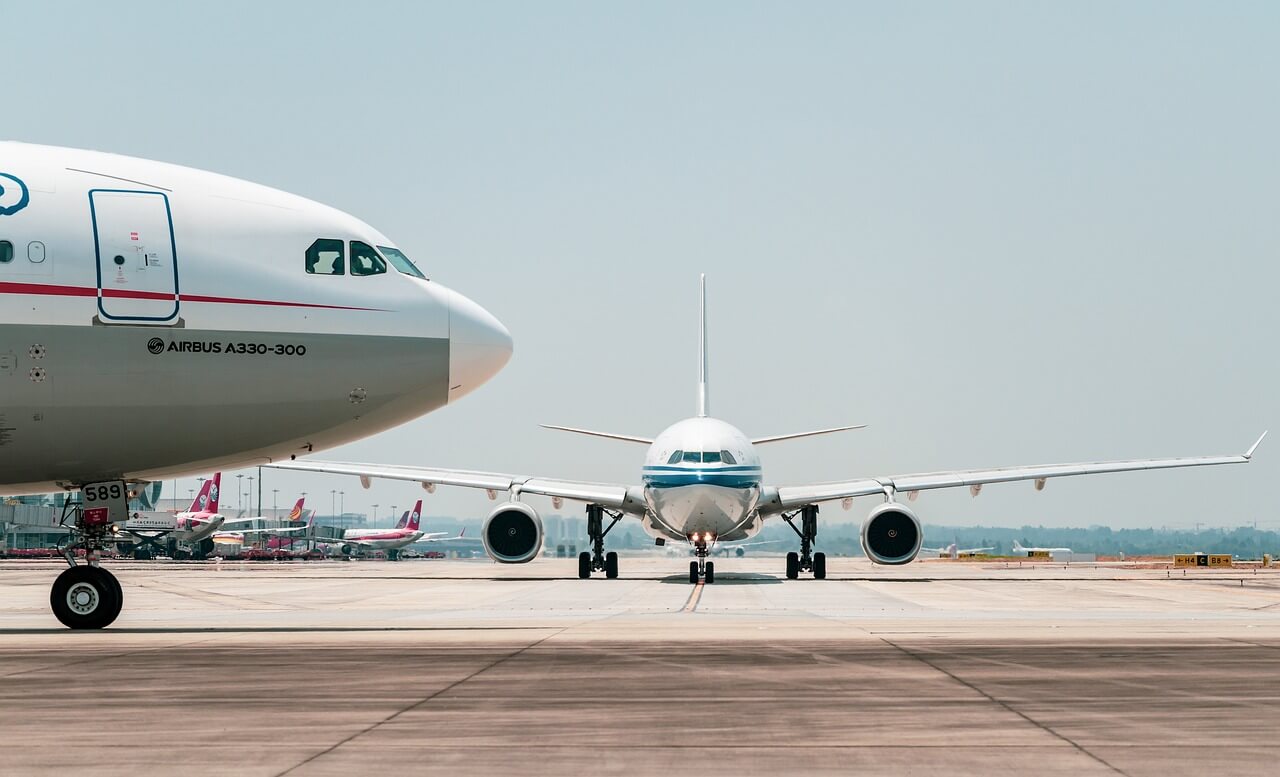
Ooh, She Fancy! (Surviving First Class Flight Attendant Training)
Say hello to the newest purser, coming to a first-class flight near you!
(My company would disown me if they saw me using these non-branded terms to describe my position, but I like to keep myself a bit anonymous here, and using general airline vernacular helps.)
I told y’all a few weeks ago that I would be attending seven days of first-class training. (‘Five days learning how to use an airplane oven and two learning to tell my coworkers, nicely, to do their jobs,’ is I think how I worded it.) Well, that training has come and gone. When I wrote about it two weeks ago, intending to publish, it was top of mind. Since then, if you’ve been following along, more pressing matters have transpired. I shelved this post so I could write about *feelings*, to which I got many kind, heartfelt responses. (You guys truly are the best.)
But alas, unbelievably, life goes on, its rhythm relentless, unbroken by storms or heartbreak, unthinkable events. Nothing stops the world from turning, the sun from rising, or me from writing the ins and outs of my experience, no matter how sharp or mundane.
So, today I’m here to publish my silly, snarky little post about my first-class flight attendant training. If this isn’t your jam, come back in two weeks, when I’ll be posting about something more interesting like my cross-country move or the “Code Brown” I had on my flight last week. If you have wondered about flight attendant training, are thinking of joining OUR first-class team (for my co-workers here), or just like to know what I’m up to, then please read on.
Now, without further ado, let’s talk sh*t about the job I love.
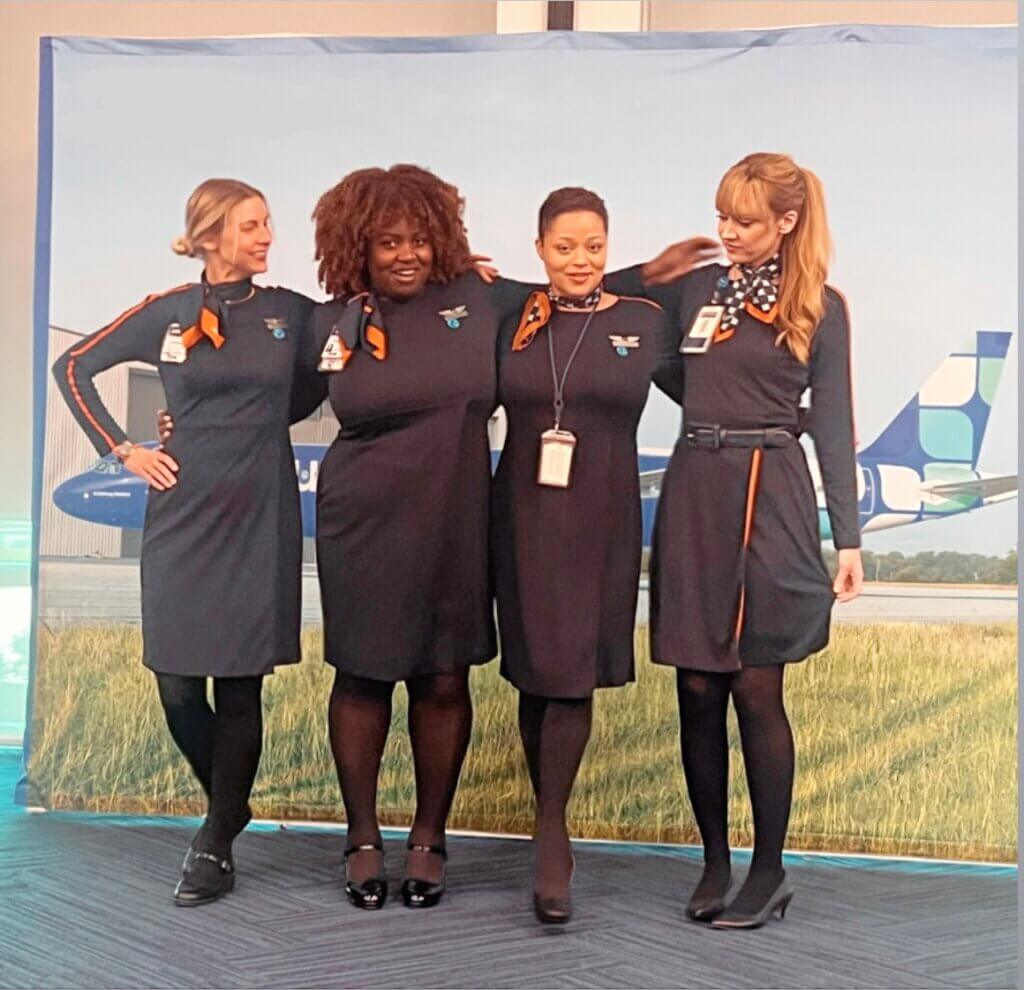
Beeb beep, all aboard the first class train!
The Training
I told you I’d be starting my journey into the first-class cabin and joked that I’d be spending seven days from 9-5 learning how to use an airplane oven. I wondered what would take so long, what could possibly warrant seven full days of training for this job that we kiiind of already know.
Having made it through those seven days of training, it makes sense now. In fact, there are even more things that could have been included, an extra day added on, if they really wanted to cover all the bases.
Service training was about products, services, and hospitality, while our two-day leadership training (to become ‘pursers’ or ‘leads’) was about… you guessed it, leadership. If the service training was learning skills to interact with our external customers, think of leadership training as building skills for interacting with internal customers—our coworkers, including fellow flight attendants and other work groups. Both included plenty of corporate speak and role-playing activities. These don’t bother me a bit, so I hammed it up, happy to fight for my role as teacher’s pet, one participatory hand-raise at a time.
What We Learned
-How to Use airplane ovens and cappuccino machines
(as expected)
-How to plate meals
The part that will surely provoke anxiety my first trip, because it takes SO LONG when you’re new.
-How to deliver food and drinks
Which you would think would be self-explanatory but is exceedingly specific.
-How to speak to customers and coworkers
This is partially about hospitality, but also about branding.
-Our Products
From the seats to the eats, including info on all our business partners
-Troubleshooting
Cold food? Broken seat? We’ve got a procedure for that!
-The Flow
The service in first class is way more involved than in my current role, slinging drinks in the back of the bus, so there was a lot to learn. In training, we went over (at length) the sequence of service from boarding to deplaning, and I loved it.
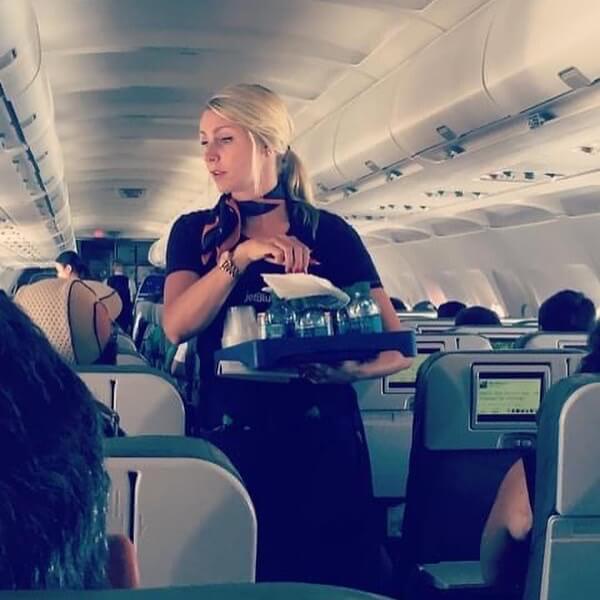
Back to tray service!
So, How’d it Go?
Overall, I liked the first-class training I attended. Being in a classroom setting is fun for me, and I got to see my bestie, who lives in town, three times that week. The instructors were great, and I feel prepared to take on my new role. But, with the good comes the not-so-good. And there was plenty of that, too. In the next sections, I’m going to break down some of the good, the bad, and the ugly of my seven-day first-class flight attendant training.
The Not So Good
There are plenty of things I enjoyed about first class training. And if you can’t wait to hear about them, you can feel free to skip ahead to the next section. You won’t find them here! In order to leave you with a sunnier impression, I’m starting with the things I didn’t care for and ending with the sweet stuff.
1. Don’t think too hard.
Service training to work in my company’s first class involves a suspension of disbelief, naivete, or at least a healthy sense of optimism. Don’t get me wrong, the product is fantastic—and not just by my standards; we are written about often in travel publications for our stellar first-class service.
But I come equipped with a healthy dose of skepticism, and the pepped-up corporate self-congratulating can be a bit much, can cause an involuntary eye roll, or two.
There is a reason so many people are applying to work in first class, and it’s not because the product is so Ahhhhhh-mazing. It’s because flying has gotten so bad in economy. It’s because the company fixes things more readily in our first-class product. It’s because those flights are more likely to go out on time. There is still care behind it. People are going to first-class training because so many of our flight schedules have been reduced, making it hard to make money. It’s because, for many of the people applying, they will be able to bypass sitting reserve by joining the first-class cadre. For others it’s because we are jaded and bored.
The product is amazing. But it’s hard not to think about all the little things falling apart in the back of the plane while we’re celebrating the splendor of the front.
And speaking of things falling apart…
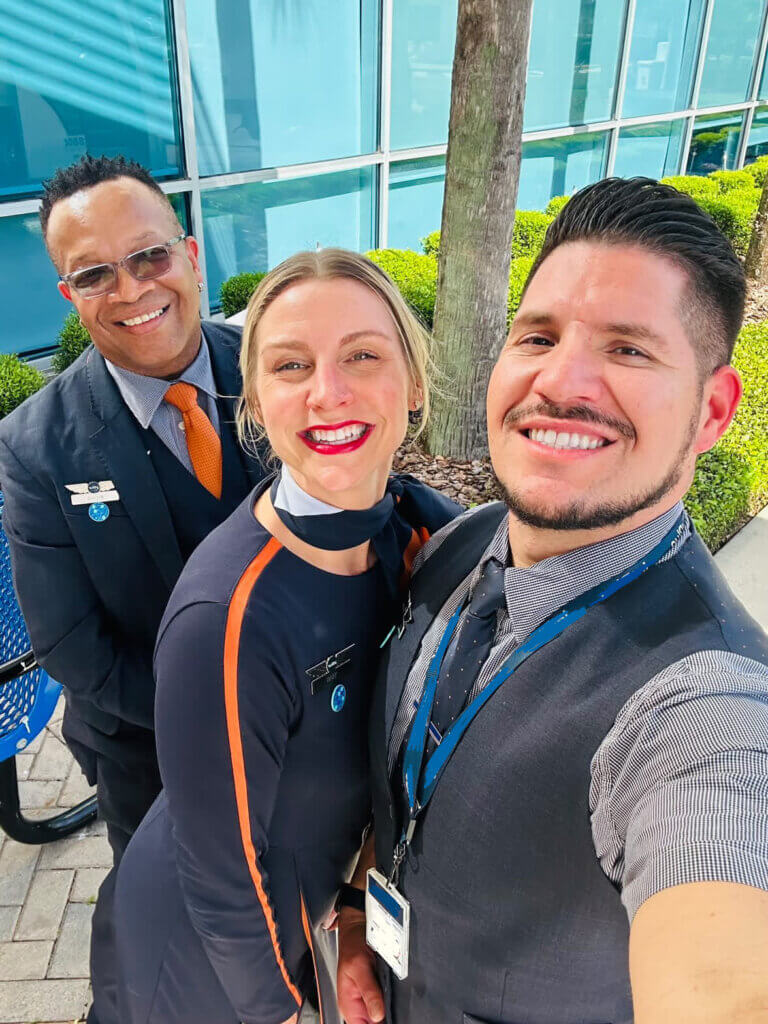
These smiles can fix anything.
2. ‘Just give ’em the old razzle-dazzle’
We are told, in training, that we, the flight attendants, are the X-factor that makes our airline great. That our hospitality is what will make up for the shortcomings of our product, operational issues, and other problems, when they happen.
And we flight attendants—who work in the back of the bus, on the ground level, who see these shortcomings day in and day out, who are blamed for these shortcomings day in and day out, who have the responsibility of apologizing for these shortcomings day in and day out—already know that this is our burden. But it shouldn’t be.
Telling us our smiles and apologies, our bending over backwards, can make up for a broken TV, a catering mix-up, or a significant delay is not news to us. But it feels more like a slap than the compliment it was intended to be. Sure, we’re amazing. (And thanks for saying it!) But wouldn’t it be nice if we didn’t have to apologize or bend so much? If more was invested into ensuring apologies weren’t necessary?
I’m not mad about being the face of my company or having to be the recovery when things go awry, I simply wish the pep talks on the importance of hospitality could come with a tiny, asterisk-sized apology.
*I’m sorry you have to make up for every mistake here.
*I’m sorry you have to be the fall guy AND the fixer.
3. We’re, like, the best.
Corporate training wouldn’t be corporate training without some talk of do-gooding.
Community! Sustainability! Small Business! Wellness!
Pick your catch phrase and splash it throughout your training.
Living through the lens of late-stage capitalism makes it hard to look at any initiative without feeing cynical. I believe with all my heart that something is better than nothing, but the promises of corporate do-gooding can be hard to swallow.
Sustainability is one of the key areas of focus for our product, we were told in training. But in our first-class food prep there are dozens of tiny plastic cups being used to portion ingredients. And while real glass and silverware is used in the first-class cabin (a win for the environment), let’s not forget the back of the airplane, where individual plastic cups are used for each serving of water. Plastic cups we could easily phase out… You know, if we wanted to focus on sustainability.
Of course, this is all peanuts compared with emissions from the fuel burned on commercial planes, and to that I must admit, as a high-flyer whose carbon footprint is way above average, I’m part of the problem.
There’s no quick fix for making one of the dirtiest industries in the world suddenly clean. But our sustainability claims would feel more genuine if, along with touting the mole-hill wins we’ve already achieved, we also acknowledged the mountains we’ve left to take on.
4. Standards
Another thing I found difficult was looking around and seeing how much the standard had sunk. Years ago, this program was so competitive that people were waitlisted for a year or two before they could work in our first-class cabin. They were paid very well, respected as a work group, and seen as an example of some of the best of the best.
Some of the things I saw in my own training class, from attire suited for bed (I’m talking borderline pajamas, not “cute casual”), to attitudes that were unmistakably, unapologetically, unabashedly negative, made me sad and puzzled. I was sad for the loss in status and standard—from the best of the best to ‘any warm body will do’. The instructors’ failure to see, or to address, any of it left me confused.
So, should I act like I don’t care too? Or are only some of us extended that allowance? Are you not seeing what I’m seeing?
Listening to your instructors pontificate about an elevated level of hospitality, while watching them blatantly ignore attitudes and behaviors SO FAR outside the realm of hospitable, makes the material seem like a joke. And their authority and expertise, too.
Most likely our instructors have little say over who gets through the training. When labor is short, standards fall. When warm bodies are needed, you can’t be quite so picky about who you’re hiring.
(You could, of course, you’d just have to pay them well.)
Sitting through this training was a blaring, flashing signal of just how much the company will sacrifice to pay a little less. It’s not my company, it’s most companies. It’s corporate America. And at the end of the day, if they don’t mind their product suffering, then why should I? I’m just a pretty face, trained to save lives in emergencies, who will now be giving everything your heart desires, while addressing you by name, in first class.
Don’t mind me sounding like an anarchist over here, I’m just trying to keep my critical thinking and soul in tact while trapsing through my incredible, delightful, and sometimes frustrating, corporate-adjacent existence.
But listen, it ain’t all bad. Keep scrolling, buttercup, and check out the sunny side of things.
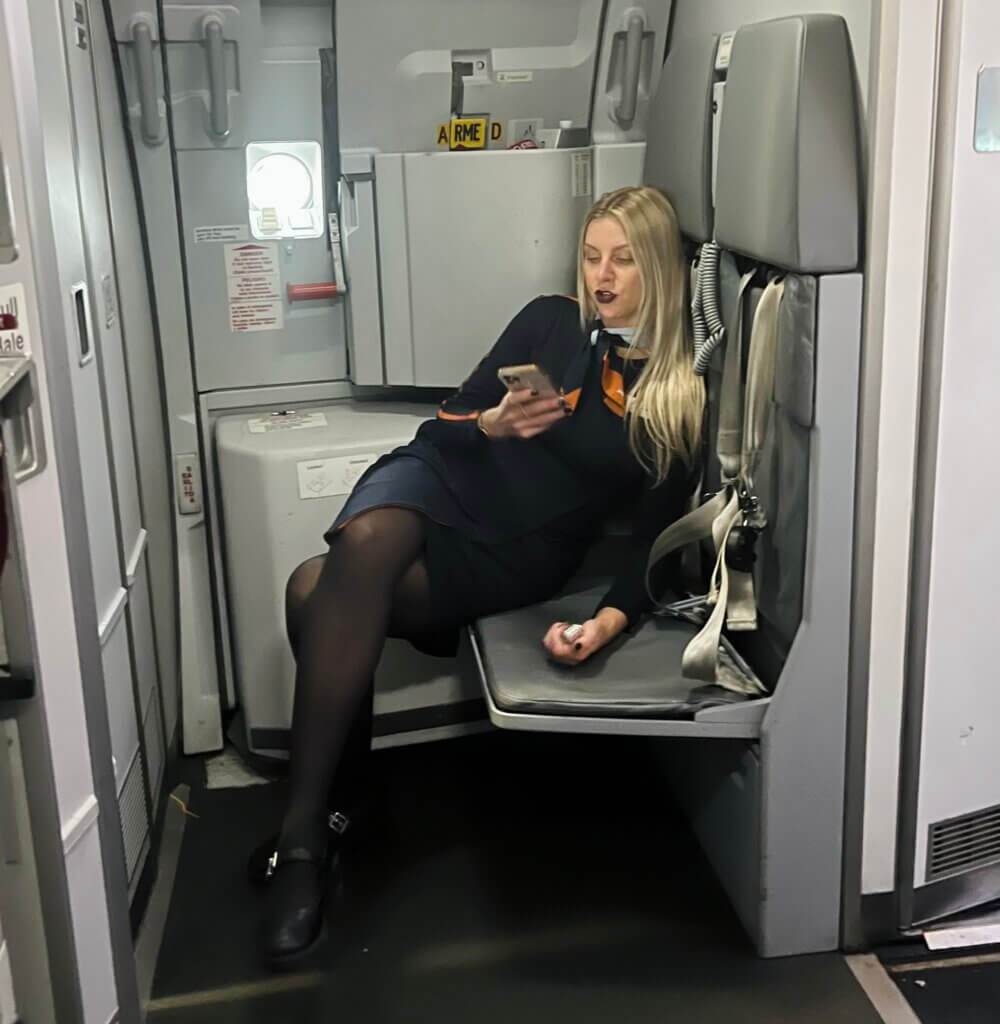
Maybe you can teach an old dog some new tricks...
THE GOOD
1. Stepping into the role
The training wasn’t all bad. I’m a teacher’s pet at heart and sitting in a classroom is my absolute JAM. I’ve said it a million times, but if I could get paid to be a student, I’d do it forever.
Despite the “nothing matters” attitude I’ve adopted as protection against getting too worked up over work, I’m actually really good at hospitality. I actually really love talking to people and having a positive impact on their flight, and their day. I am actually really excited to put into practice a higher, more bespoke level of service. (And to have 16 people to focus that energy on, instead of 200!) I keep saying “actually” because it’s a tiny bit surprising. I signed on to work in the first-class cabin because I needed change in my life, because it’s a tad more money and a stepping stone to European flights. I didn’t expect to feel much excitement for the product I’d be immersed in, or for the more intense, individualized service I’ll be providing. But I guess even a jaded old flight attendant, ten years in, can still be surprised.
2. The People
The people in my class were not all bad, either. Some of them were wonderful. Some were fine and will find their way on the line. And even though I felt, for much of the first week, like a loner b*tch, eating lunch by myself, skipping the class shuttle to drive myself to and from class (thanks to my bestie living nearby and loaning me a car for the week!), by the end of the experience I’d come to really enjoy some of my classmates. I exchanged numbers with a few of them. We took and shared photos, freshly graduated, showing off our new pins. I ate lunch with a few of them, a few times, and soaked in the pool with others. I stayed out at a hookah bar until two in the morning with some of them, resulting in a smoke-induced hangover the next day that made me swear I would respect my body more. I wasn’t there to make friends, and in another world, outside of aviation, we might never want to hang out with one another. But there was a little bond that formed in those long days of learning how to handle a plate without touching the inside surface, and how to use a cappuccino machine, and how to curate an inflight menu. It turns out I like most of them enough. Some of them I like a lot.
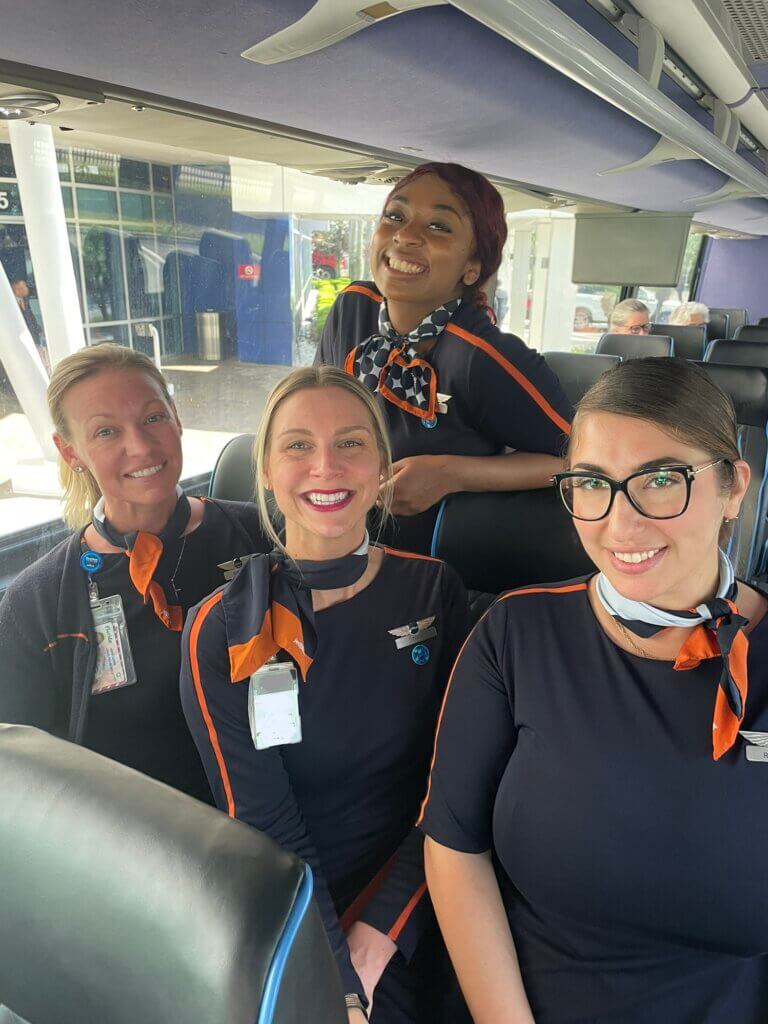
Some of my fellow Fancies post-training. <3
3. Teach Me How To Dougie Conflict
Our two-day leadership training was integrated with other stews who’d been working first class already but weren’t trained as pursers. This brought some familiar faces, people I love working with, and it was a pleasant surprise for the end of the week. We worked on conflict, and coaching, and difficult situations that could come up. While it gives me the heebie-jeebies to even think of coaching or correcting my co-workers, the training did provide some useful tools to feel more empowered when speaking up. The airplane is a unique job environment. We work closely together, as peers—a band of different personalities and work styles. We show up and hope it goes smoothly, that we mesh well enough to get it done and have a decent day. There are standards we all know, but there is no boss around to enforce, no big brother technology recording our movements at any given time. Up in the air, it’s just us.
This setup, and the social nature of our job, brings its own challenges. How do you tell a friend to tighten it up at work? How do you set the expectations for a flight without sounding like a control freak? How do you tell your peer you’re uncomfortable with something they’re doing without escalating the situation? Or getting some kind of reputation? It may surprise you all, but office politics are alive and well, even in aviation.
It’s tricky stuff to deal with, and I’m not naïve enough to think the well-rehearsed corporate script will shield me from discomfort. I do think it can help, and that we all have to pick the best bits and pieces from any training experience. I’m glad to have some tools in my toolbox to make this part easier.
4. The Instruction
I know it sounds like I was tearing apart my training in the “could be better” section above, but truly, I thought it was good, solid, and succinct, and that my trainers did an excellent job teaching the material. In fact, I’d be happy to see instruction similar to this implemented in our initial training for flight attendants.
In flight attendant training, you learn evacuations, emergencies, and how to handle customers. You learn about ADA stuff and pets and tarmac delays. You learn about alllll the things you’re not allowed to do, both on the plane and off. But you learn very little about service.
That’s right—the thing you spend the majority of your time doing as a flight attendant is almost an afterthought in your four-week training.
In my first-class training, we went over every piece of the flight, from boarding, through service, cruise flight, descent, and even deplaning. First, we learned each individual piece of the puzzle—the food prep, pre-departure beverages, the hanging of coats (yes, even that), and then we put all the pieces together in a team-effort, role-play mock flight.
This would be SO helpful for new flight attendants just starting the job. To know when to do trash pickup, when another beverage service should start, when to call the pilots for a break, and how you’re not finished working until everyone is finished working. I hope someday our regular training will look a little more like our first-class training.
I also found the instruction and content to be engaging (and borderline fun, if I can get away with saying that without sounding too nerdy?) Serious shout out to my instructors who made a full, REGULAR-PERSON, 40-hour work week seem like a breeze instead of a snore. Like I said, even I, a jaded 10-year flight attendant, found myself excited to step up my game, kiss a little ass, and serve the expensive wine.
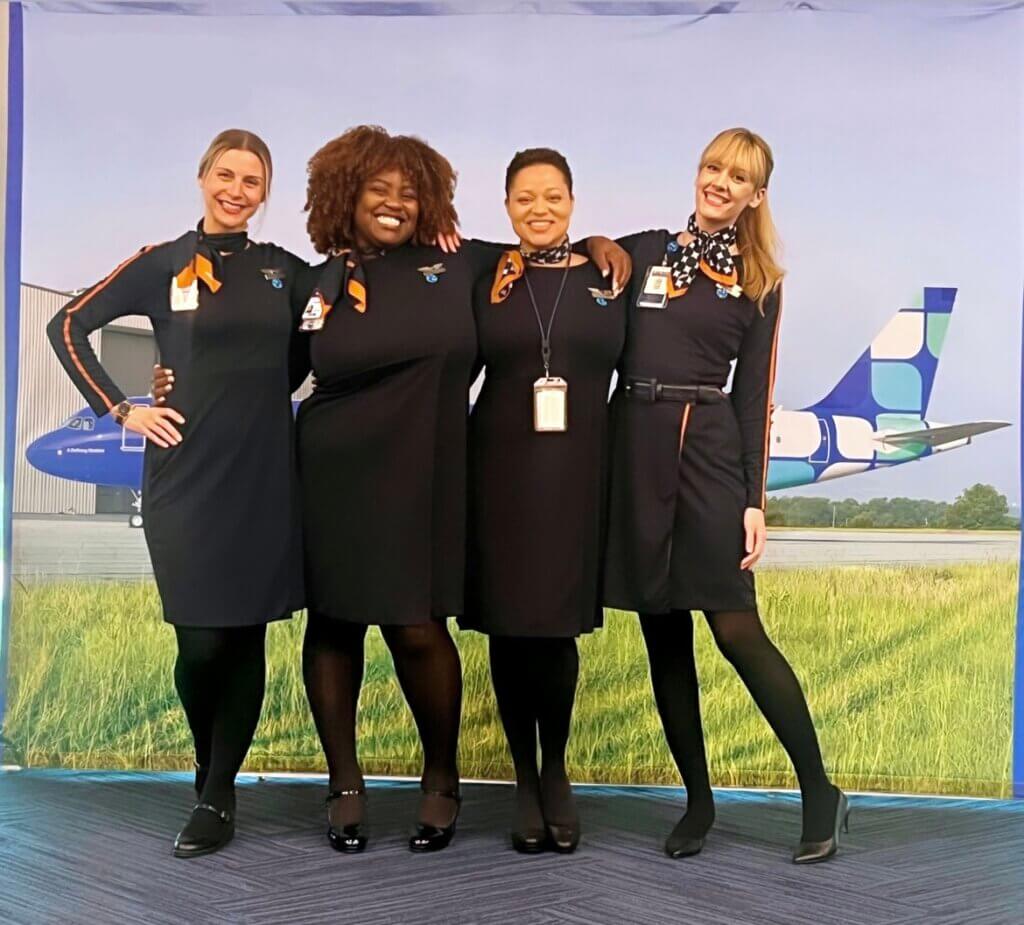
Survived our first-class training.
My first-class training was good and bad, pleasant and annoying, fanciful and fun—pretty much just how I expected it to be. We learned, we socialized, we expensed meals. And pretty soon it will be time to put our learnin’ to the test.
I still have yet to work a trip in first class, so this optimism and excitement could go down the drain with my first in-flight cappuccino. But I have a feeling it’s going to rock.
Thanks for stopping by to read my silly little flight attendant post, and thanks for all the love over the past few weeks (and months). It means so much to me.
See you all real soon, and don’t forget: I’m fancy now.


